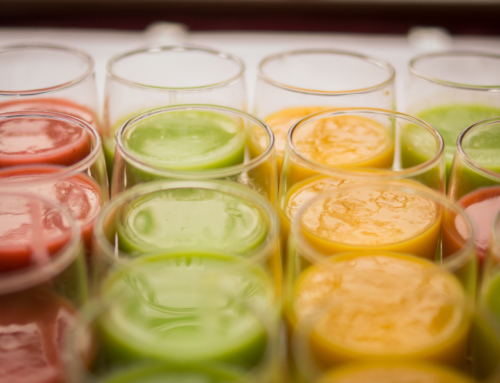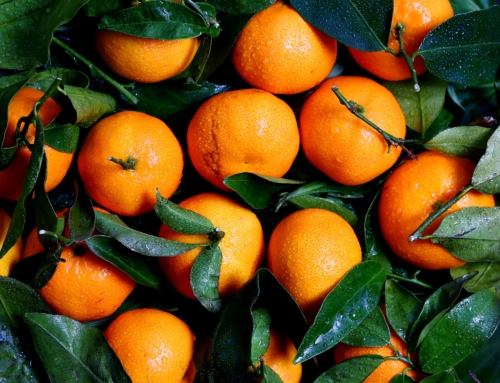Wheat & Gluten

We have all heard a lot about wheat and now gluten over the years. Wheat is a huge part of our food consumption, and it isn’t always good for us. The reason it isn’t good for us most of the time is that when you buy food that has wheat in it, the wheat has been processed and doesn’t have all the same ingredients and nutrients it once had. If you ground your own wheat, you will get a lot more nutrients from the wheat itself.
Gluten is the protein that is in wheat. It is considered the sole cause of an allergy, Celiac disease- an inflammation of the stomach and small intestine, a condition most commonly known as a wheat intolerance. Gluten has also been implicated in many other disorders including: Irritable bowel syndromes, migraines or headaches, gastrointestinal cancer, asthma, arthritis, candidiasis, acid reflux, and neurological conditions.
All healthcare providers are educated that it is gluten in the wheat that causes an allergy or sensitivity to wheat. Some of our white blood cells make antibodies to foreign invaders that allow our bodies to tag a foreign substance such as bacteria, parasites, infected cells and toxins. These antibodies then find these invaders and attach to them. What this does is make the invader more conspicuous. In addition the white blood cells then make a memory of the substance- and create a “memory/record” of its existence. This memory is like a computer program that allows the white blood cells to react quicker and a more coordinated defense to the body if it is “re-invaded” again. This new “saved code” is locked into the unique sequence of amino acids (the basic building blocks of a protein). To the immune cells, the amino acid sequence is like a fingerprint to any invader. Now, anything with the same amino acid sequence that matches (or is close) the previous invader, will now be targeted.
So the current theory that is taught in US healthcare schools is that you can only have an allergy to a protein, and this is the only reason someone can have a reaction to foods. So all the data that you read on allergies and sensitivities are always based on this model. You see we are all looking at this as a specific agent to a specific effect on a fraction of the population.
With the increase of the mentioned conditions in the last few decades with the present model that all trained physicians use we have the “Gluten Free” diet. Which allows food producers (not farmers) to make wheat substitutes that does not contain gluten. However, this is not completely true.
It is also the processing of the bread that destroys the natural nutrition that makes the use of chemical preservatives a necessary ingredient in all breads, pasta, crackers, dough, pretzels, bagels etc. that are made in a factory and shipped to the ends of the world. The industrial processing ( High Press Rollers) of our grains alters the nutrients because of the high heat and stripping of natural Vitamin E, fiber and B vitamins. This is important for us to know that the wheat before the High Press Rollers (1895) had these nutrients in them and had not changed in over 5000 years. With these nutrients stripped out of the wheat our bodies now have to draw on its own reserves to digest the bread. This leads to deficiencies which have been known to be the contributors to diabetes, infertility, cancer, and chronic diseases.
Here is something to consider: Just don’t listen to anyone, enjoy yourself and with all that worry gone you will dance at our funerals. Learn to bake bread with stone ground ancient grains and you will be fine. You can also try to eliminate it out of your diet for 2 weeks and then have a wheat pity party- eat all the wheat on the 15th day and then see how you feel. The research (all that written stuff had to read to get my degrees) says 2 months. Pick at least 2 weeks or longer and find out for yourself. If you feel no change, then you can go back to eating as much wheat as you’d like. If you felt any benefits then eat wheat free for as many days in a row you can, and if people ask, tell people you have an allergy (they will leave you alone). Birthdays, holidays, vacations, pregnancies, lactating, special occasions or you are in a great mood-is the time to let the wheat in!!! You’re the captain and the sea is yours.
Most people experience cravings or withdrawal symptoms when they first eliminate wheat from their diet, but you can soften the blow by gradually tapering off your wheat intake over the course of a week before you start.
Being gluten free has been known to have great benefits! Going gluten free can help in weight loss, up to 50 pounds within the first few months, alleviation of type 2 diabetes and metabolic syndrome, recovery from ulcerative colitis and celiac disease, improvement in blood cholesterol levels, reduced inflammation and pain in rheumatoid arthritis, alleviation of hair loss and psoriasis, increases energy, restores sleep cycles, and can help the symptoms of menses and menopause.
Those of you who would like to try and get off wheat, what should you eat or replace your grains with? Well I know there are a few products you should stay away from as an alternative. The following are not recommended: millet, rye, amaranth, oats, quinoa, anything with a label that says it’s wheat free or gluten free. Wheat free or gluten free foods available in stores are not truly gluten or wheat free because they can contain ingredients like cornstarch that will make you have a reaction. Producers are allowed to write on the label that their products are wheat free or gluten free if it contains 49% wheat! So read your labels carefully!




